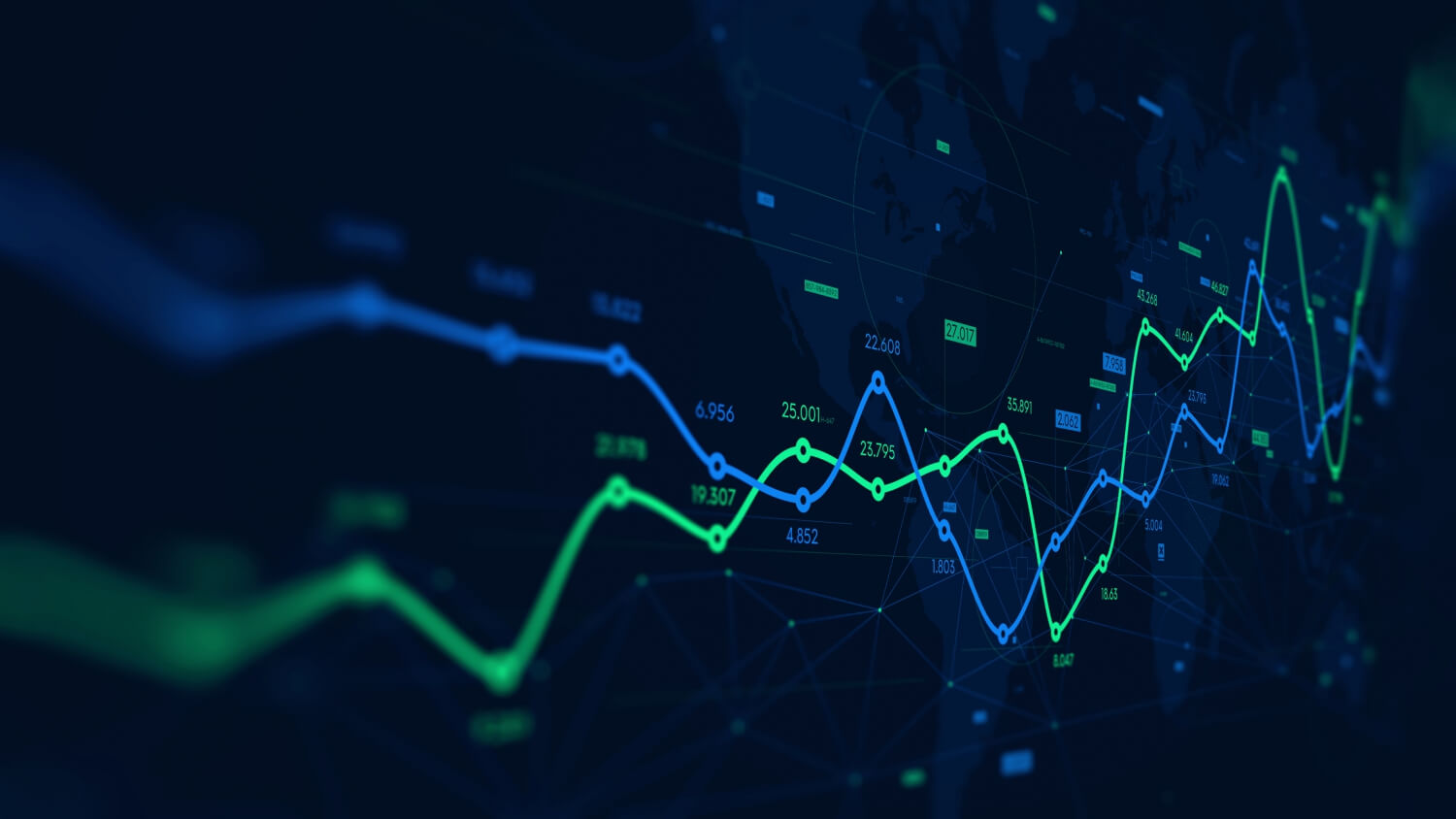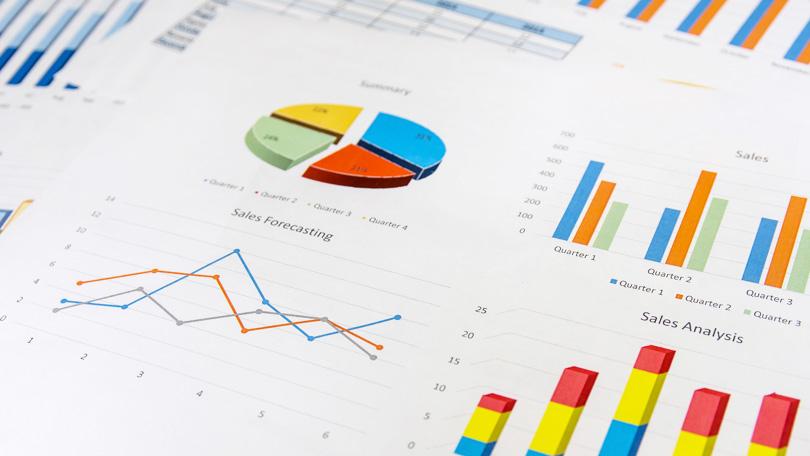
Google Charts, FusionCharts, DataHero, Visual.ly, Jolicharts, iCharts, Flot, Datawrapper, ChartBlocks, Highcharts, Mentimeter Tableau, Microsoft Excel, QlikView, MicroStrategy, QlikSense, SAS Visual Analytics, DOMO, TIBCO Spotfire, Looker, Zoho Reports, Information Builders WebFocus Here is a list of what is covered, in one view. And organized them into meaningful categories. We have put together this comprehensive list to help you find the perfect tool for your visualization requirements.įor all 71+ best data visualization tools, we covered their uses, features, differentiators, and price (free, open source, and/or paid). If you'd like to repeat this analysis yourself, run the following SQL statement on the Google BigQuery database.Data visualization tools have made it easier for anyone to turn data into beautiful dashboards in record time. Hopefully that answers all of your data visualization tool-related questions! If you have any more questions or concerns, please leave them in the comments. We'll have to revisit these trends come 2017. D3.js and ggplot2 are similarly experiencing steady growth, although I should note that 2016's counts are only based on January 2016's comments and may change by the end of the year. GUI-based visualization tools such as Tableau and Gephi are seeing steady growth, whereas Python and matplotlib (oddly) seem to be waning in relative popularity. I was also curious about temporal trends in library usage, so I grouped the tool mentions by year and plotted them below. Python-based visualization library for creating interactive data and map visualizations Web-based tool for creating interactive online data and map visualizations Simple JavaScript-based visualization library for creating interactive online map visualizationsĭocument preparation system that it somehow used to create visualizations (?) Simple JavaScript-based visualization library for creating interactive online visualizations Powerful analysis, modeling, and data visualization tool

Python-based visualization library for advanced statistical data visualization Web-based tool for creating interactive online maps Web-based GUI for creating interactive data visualizations JavaScript-based library for programmatically creating interactive data visualizations for the web easier to use but less flexibility than D3.js Here's descriptions for the rest of the tools: Tool If programming isn't your forte, Tableau is a much better option than Excel. Excel is a great tool to start with, but you should eventually move on to more advanced tools that allow you to programmatically generate visualizations such as matplotlib/Seaborn, D3.js, or ggplot2. Python-based visualization library for making basic data visualizationsĪs expected, Excel dominates the list as the primary tool that most beginners use: In this case, there have been at least 643 OC data visualizations on /r/DataIsBeautiful that were made with Excel. Scripting language designed for statistical analysis, modeling, and data visualization

JavaScript-based library for interactive data visualization on the webĪdvanced interactive data visualizations for the webĪdvanced data visualization library for the R scripting language General-purpose scripting language that is typically used for data scraping, cleaning, and wrangling The most popular tools on /r/DataIsBeautiful are: Tool (Unfortunately, it was difficult to parse out mentions of the "R" language with the n-gram analysis, so we'll have to use ggplot2 as a proxy.)

Thus, analyzing their tool usage over the years was a fairly simple n-gram analysis of all comments made by OC contributors on /r/DataIsBeautiful that mention the word "tool." For this article, I analyzed thousands of comments made by OC contributors to /r/DataIsBeautiful between January 2014 and January 2016. Sometimes /r/DataIsBeautiful community members create and share their own data visualizations - called "OC," or Original Content - which I have always found to be a great source of ideas and inspiration.Īs part of the /r/DataIsBeautiful posting rules, every OC contributor must include a comment on their post describing the data source(s) and tool(s) they used to create their data visualization. One of the most common questions that newcomers to data ask is: "What tools should I use to create data visualizations?" While I always recommend learning design principles before tools, I thought I'd take a stab at answering that question by analyzing what tools the /r/DataIsBeautiful community uses.įor the uninitiated, /r/DataIsBeautiful is an online community dedicated to data analysis and visualization, where people post and discuss various data visualizations from around the web.


 0 kommentar(er)
0 kommentar(er)
